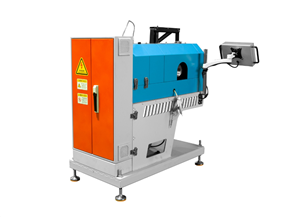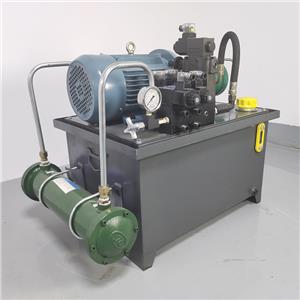Environmentally Friendly Energy-Saving Plastics: Green Pioneers of Sustainable Development
Definition and Development Background of Energy-Saving Plastics
Energy-saving plastics refer to plastic materials that can reduce energy consumption, minimize environmental pollution, and possess good recyclability or degradability throughout their production, use, and waste disposal processes. In recent years, news about plastic waste polluting oceans and piling up into mountains has been frequent. The "white pollution" caused by traditional plastics has become a global environmental challenge.
Meanwhile, the dependence on fossil resources like petroleum and massive energy consumption in plastic production have exacerbated resource shortages and carbon emission problems.
In response to this situation, countries have successively introduced policies to restrict the use of traditional plastics and vigorously promote the research, development, and application of energy-saving plastics. A green revolution in the plastics industry is now emerging.
Common Types of Environmentally Friendly Energy-Saving Plastics
Biobased Plastics
Biobased plastics are produced from renewable biomass resources such as corn, sugarcane, and straw, using processes like biological fermentation and chemical synthesis. Polylactic acid (PLA) is a typical example, featuring good biocompatibility and degradability—it can be decomposed by microorganisms into carbon dioxide and water in natural environments. From corn cultivation to PLA production, the entire process not only reduces dependence on fossil resources but also achieves carbon cycle utilization. Currently, PLA is widely used in disposable tableware, packaging films, and other fields, effectively replacing some traditional plastic products.
Degradable Plastics
Besides biobased plastics, there are materials that acquire degradability through chemical modification, etc. For instance, traditional plastics like polyethylene (PE) and polypropylene (PP) with added degradable additives can accelerate degradation under certain conditions. Photodegradable plastics decompose under light, while biodegradable plastics are broken down by microorganisms in soil, compost, or other environments. These degradable plastics play a crucial role in packaging, agricultural mulch films, etc., reducing the harm of long-term plastic waste residue.
Recycled Plastics
Recycled plastics are materials reprocessed from waste plastics through collection, sorting, cleaning, and processing. The recycling of PET waste films in the electronics industry is a typical case: through physical recycling technologies (cleaning, crushing, melt extrusion, etc.) and chemical recycling technologies (alcoholysis, hydrolysis, etc.), PET waste films are converted into recycled PET pellets for reuse in electronic packaging, equipment casings, and other fields. The use of recycled plastics saves raw materials, reduces waste disposal pressure, and achieves circular resource utilization.
Application Fields of Environmentally Friendly Energy-Saving Plastics
Packaging Industry
The packaging industry is a major consumer of plastics and a key field for applying eco-friendly energy-saving plastics. An increasing number of food and daily necessities packages are adopting biobased plastics and degradable plastics, such as degradable shopping bags in supermarkets and PLA packaging boxes for food. These eco-friendly packages not only meet functional requirements but also naturally degrade after disposal, reducing pollution. Meanwhile, recycled plastics are widely used in packaging material production, cutting production costs and resource consumption.
Agricultural Sector
In agriculture, residual traditional plastic mulch films cause soil compaction and fertility decline, affecting crop growth. The emergence of environmentally friendly energy-saving plastic mulch films has solved this problem. Biodegradable mulch films, after completing functions like heat preservation and moisture retention, can decompose spontaneously in soil without manual recycling, reducing farmers' labor intensity and environmental pollution. Additionally, some agricultural irrigation pipes now use recycled plastics, improving resource utilization efficiency.
Electronics and Electrical Industry
Electronics and electrical products are updated rapidly, generating substantial plastic waste. The application of eco-friendly energy-saving plastics in this industry not only helps reduce waste pollution but also lowers energy consumption during production. Beyond the previously mentioned use of recycled PET in electronics, some electronic device casings employ biobased plastics, ensuring product performance while embodying green environmental concepts.
Environmentally friendly energy - saving plastics, as the direction for the sustainable development of the plastics industry, have broad development prospects. Although facing many challenges at present, with the continuous progress of technology, policy support, and the improvement of market awareness, environmentally friendly energy - saving plastics will be applied in more fields, gradually replacing traditional plastics, and play an important role in solving environmental problems and realizing the sustainable utilization of resources. In the future, environmentally friendly energy - saving plastics are expected to make greater breakthroughs in material performance, production processes, application fields and other aspects, and become an important force to promote global green development.




